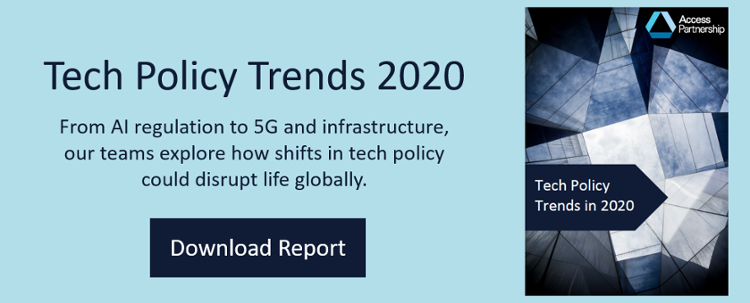

Spectrum sharing relates to the eternal problem of how to get the most efficient use from the finite resource that is radio spectrum. It is a broad term and encompasses a range of different attitudes towards spectrum management. While approaches may vary in the degree of zeal they apply to achieving the purest expression of spectrum sharing, the different ways of implementing sharing all have at their heart the same fundamental goal; to facilitate the use of the same band spectrum by multiple users, without interfering with each other.
Spectrum sharing enjoyed a brief moment in the limelight around a decade ago with the promise of TV white spaces. The concept was promising; make use of the unused blocks of frequencies that television broadcast transmitters left fallow to manage interference between transmitters. In reality, the challenges such as the lack of an equipment ecosystem that worked in the TV bands and constant rearranging of the spectrum to allow for increased IMT use meant it was never commercially successful.
Ten years later and technology has advanced, regulators are more comfortable with new approaches to spectrum management. There has been a shift away from traditional command and control, the problems associated with TV White Spaces are becoming a thing of the past and increasingly overlooked in support of the core principles behind the initial concept. Most importantly there is a greater demand for spectrum and this – combined with the developments outlined in this article – may well be the year spectrum sharing becomes mainstream.
Demand for Spectrum Continues to Increase
The groundwork for this has been laid for some time, although a few key events which took place in 2019 will continue to be instrumental in driving spectrum sharing throughout 2020, positioning it as an attractive, and in some instances the only viable solution to spectrum allocation problems faced by regulators and governments. Every 5 years the ECC produces a strategic plan which is intended to guide its operational approach. The current plan covers 2015 to 2020 and a new one will therefore be required. The ECC is expected to agree and adopt a new strategic plan in July 2020. With more of the influential NRAs across CEPT pushing and supporting spectrum sharing agendas, the expectation is that spectrum sharing will feature prominently in this plan.
The WRC took place at the end of 2019 where agenda item 1.2 was added to the schedule to investigate allocations for IMT use between 3.5 and 10.5GHz. Why is this noteworthy? Our assessment is that the bands selected for the study are already widely used, some are even the subject of national and regional studies to develop a sharing framework to enable unlicensed access to spectrum for WiFi and innovative applications. We anticipate that this trend will facilitate sharing through flexible licensing frameworks and will continue to grow.
Spectrum demand for delivering 5G private networks is expected to surge in 2020. The applications of 5G for industry, manufacturing, transport, healthcare and enterprise are varied and compelling. 5G private networks will make a lot of sense for businesses. However, they will all require spectrum to operate and this is where spectrum sharing on a geographic basis applies. Current regulatory approaches to this are fragmented, inconsistent or non-existent between countries.
The FCC has been developing its CBRS system in the US over the years. This is a spectrum sharing system, operating in the 3.5GHz band and employs a tiered licensing approach whereby lower tier licence holders have fewer rights to access spectrum compared to those in higher tiers. Spectrum access is managed through a database and provides information to the lower tiers regarding the frequencies available for their use, when and where they can transmit. In September 2019, five companies were given permission to begin commercial deployments using the system and we expect uptake of this system to expand rapidly in 2020.
Understanding and Engaging with Regulators is Vital
As spectrum sharing becomes more mainstream, implications will be two pronged. Firstly, regulatory changes from NRAs will need to implement new regulations and licensing frameworks. This will require monitoring and engagement from anyone interested in using shared spectrum, including equipment manufacturers, service providers and – beyond this – any enterprise interested in using private LTE or 5G networks. Secondly, companies with an interest in operating services may find new options for augmenting existing services or introducing new one through access to new spectrum from sharing. This also means opportunities for equipment vendors and systems integrators. Careful assessment of the rules, rights and accessibility of shared spectrum is also needed and companies will need to ensure knowledge and compliance of new regulatory regimes, especially if their expertise does not traditionally involve the acquisition of spectrum access.
